04 September 2019
Sleeping in after a noisy night, we woke up later than usual, but it was okay because we were already at our destination, the RV/MH Hall of Fame in Elkhart, Indiana.
As members of Harvest Hosts were were able to enjoy a free
overnight stay in their big parking lot with three other RV’s. Our 21′ silver van was, by far, the smallest rig in the lot. If you are interested in joining Harvest Hosts, please click on this referral link to save 15% on your membership. We receive a small incentive.
While convenient, this wasn’t a quiet campground in the woods. A big thunderstorm rolled through last night and helicopters landed and took off from the modern building behind us. The activity there let us to look-up the company. Furrion produces appliances and electrical equipment for boats and RV’s. Will keep an eye on them as their DC refrigerators are almost getting small enough to fit in a camper van.
In addition to helicopter viewing, we could watch and listen to trucks pass by on a combined stretch of Interstates 80 and 90. That semi is heading east on the highway.
Within sight of Elkhart East, Exit 96, the Hall of Fame is an easy place to find when passing though northern Indiana. You might be able to find RV’s parked in this satellite view from Apple maps. The RV/MH Hall of Fame is the building on right.
After paying the reasonable $10 admission, we started strolling down the “Road Through Time” where Motor Homes and Travel Trailers are arranged in chronological order.
Wooden interiors reminded us of visiting the Remington Carriage Museum in Alberta only a month ago.
The best part of this museum is that, just like at an RV Show, you can go inside most of the RV’s on display.
A 1954 pop-up Ranger By Hille Engineering is a good example of an early use of fiberglass construction.
1980 decor is reflected in the prototype Fleetwood Bounder motor home, the first class A to have “basement” storage.
A 1966 Mustang Travel Trailer by Westward Coach Company of Bristol, Indiana was one of the first trailers to have a “bunkhouse.” It also incorporated what came to be know as a wet bath where a shower, toilet and sink share one room.
If you are were looking for luxury, this 1954 Spartan Imperial Mansion could be for you. It sported an all aluminum exterior manufactured by the Spartan Aircraft Company of Tulsa, Oklahoma, as they looked for new business opportunities after the end of World War II. More information is available on the Tin Can Tourists website.
General Motors was once in the RV business! GM produced over 12,000 TVS (Travel vehicle streamlined) units like this one between 1973 and 1978. Powred by a big gas V8, they were front wheel drive vehicles produced in Pontiac, Michigan. A wikipedia article mentions that the entire rear body panel can be removed to facilitate installing or changing large interior components.
Less than three miles down county road 19, we were distracted by a sign for Linton’s Enchanted Gardens. We parked in Linton’s RV lot in front of a big Onan/Cummins service facility with eight bays ready to take in the largest of RV’s. We have an Onan generator just behind our rear axle, so it was nice to know there are service facilities.
Linton’s was participating in a garden quilt challenge. Billed as Indiana’s largest garden center, we set out to explore.
While Beth examined plants for northern climates, I checked out miniature buildings displayed throughout the gardens. Larger than those on the 1/22.5 scale garden railway we have at home, the buildings were fun to examine.
Not all of the buildings were miniatures. This whimsical woodland house was big enough for kids to play in.
Leaving the garden center without purchasing plants or buildings, we returned to the road and avoided any distractions for the remainder of the day.
arrived after the office was closed, we stopped in and paid
$24.61 for the overnight stay before leaving the next morning.
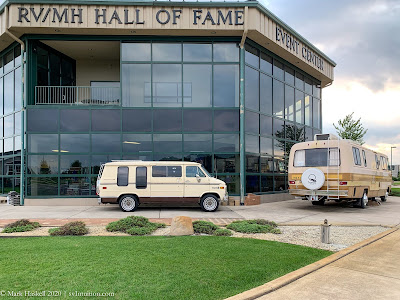
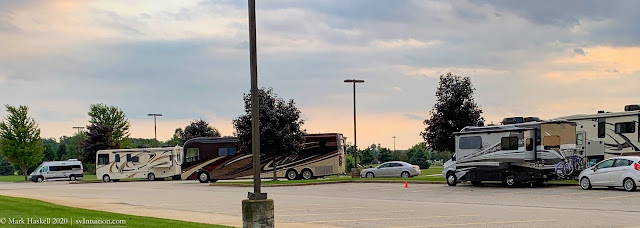
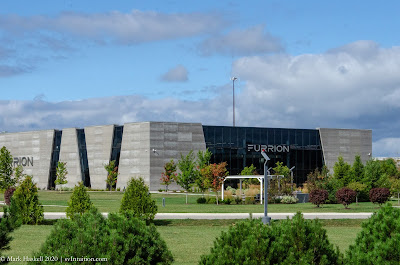
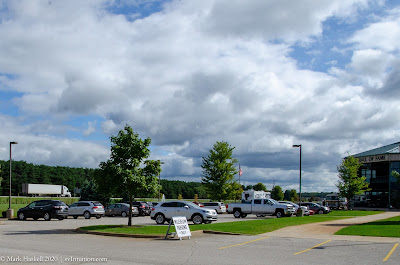
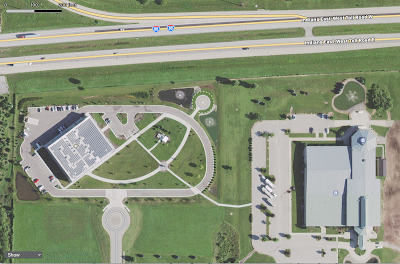
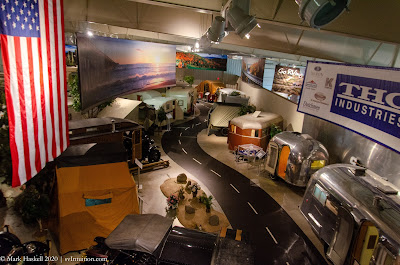
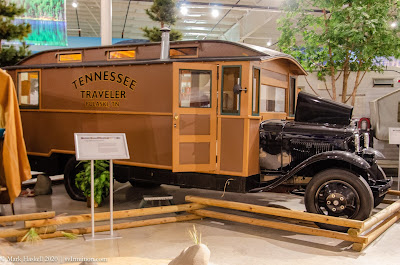
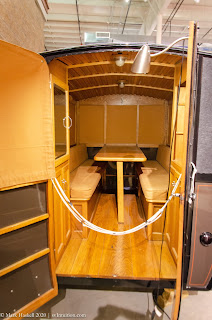
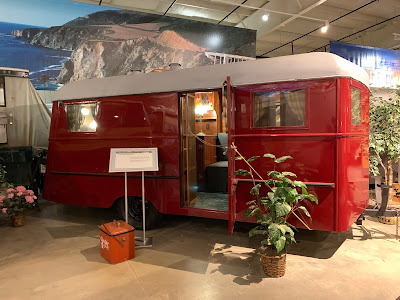
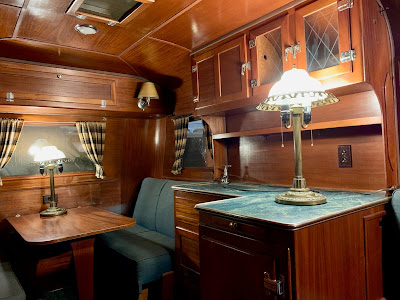
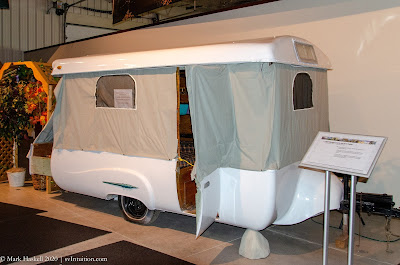
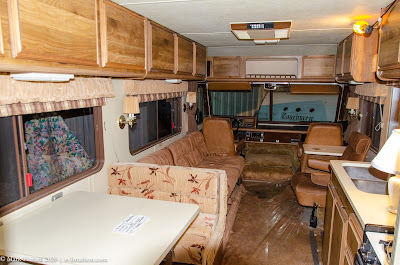
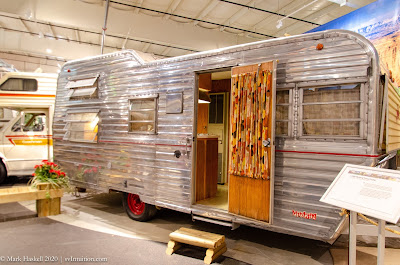
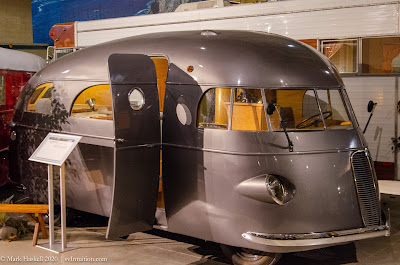
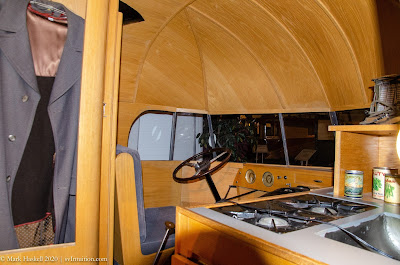
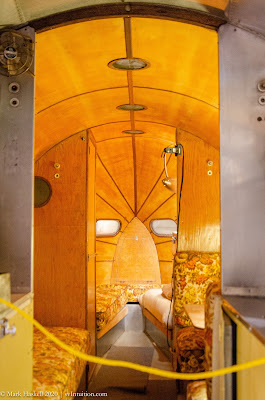
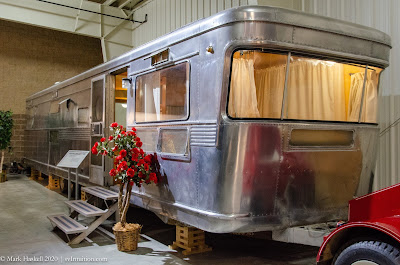
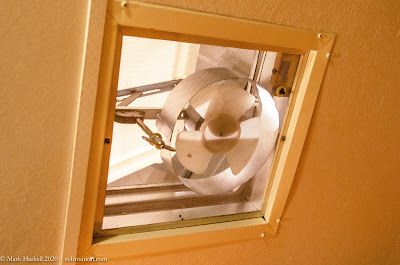
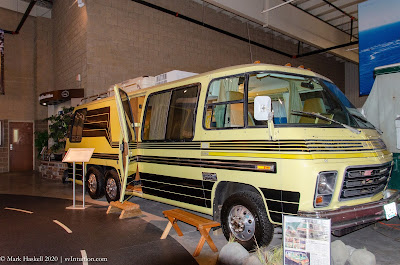
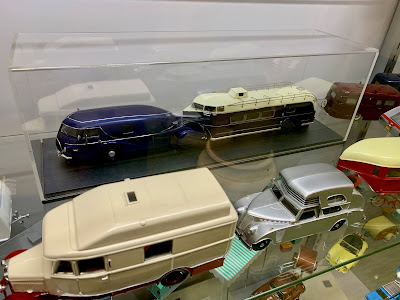
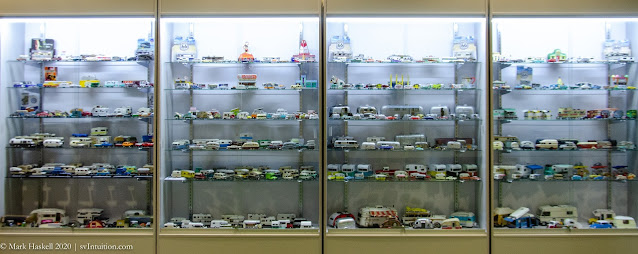
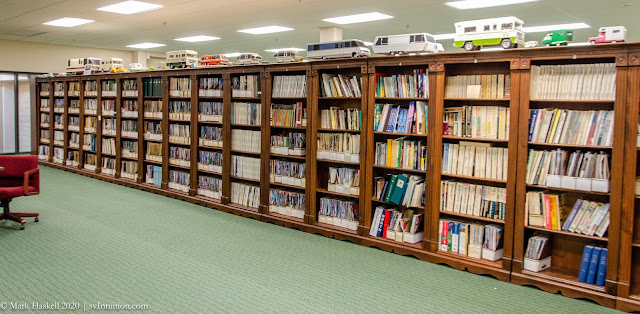
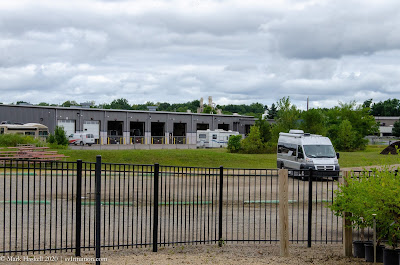
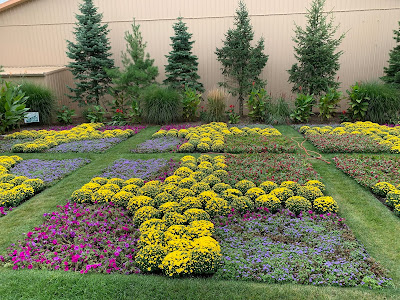
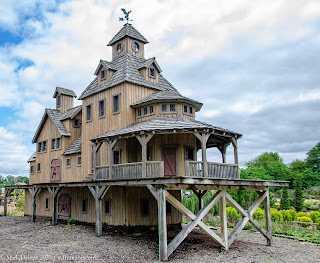
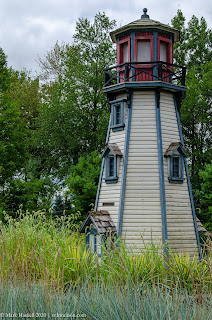
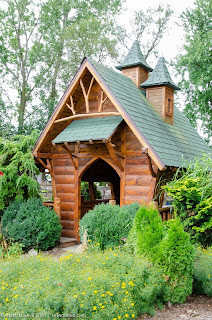
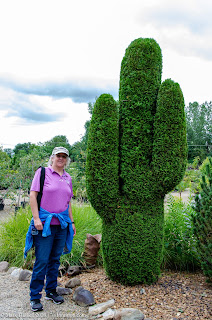
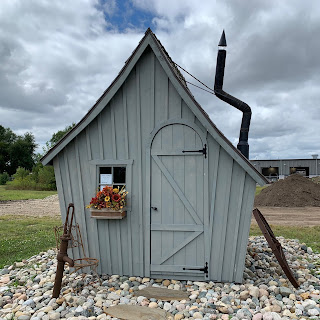
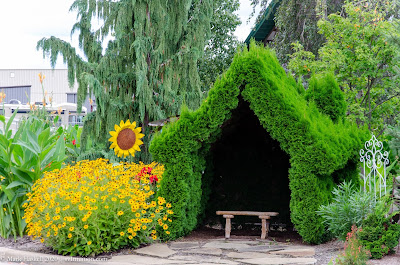
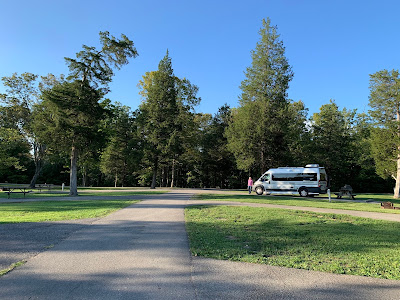
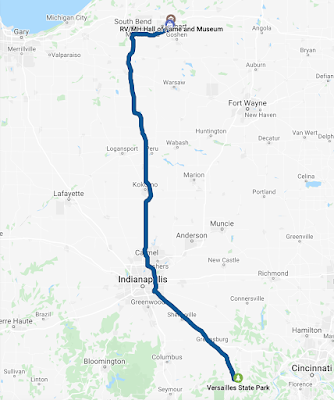
Leave a Reply